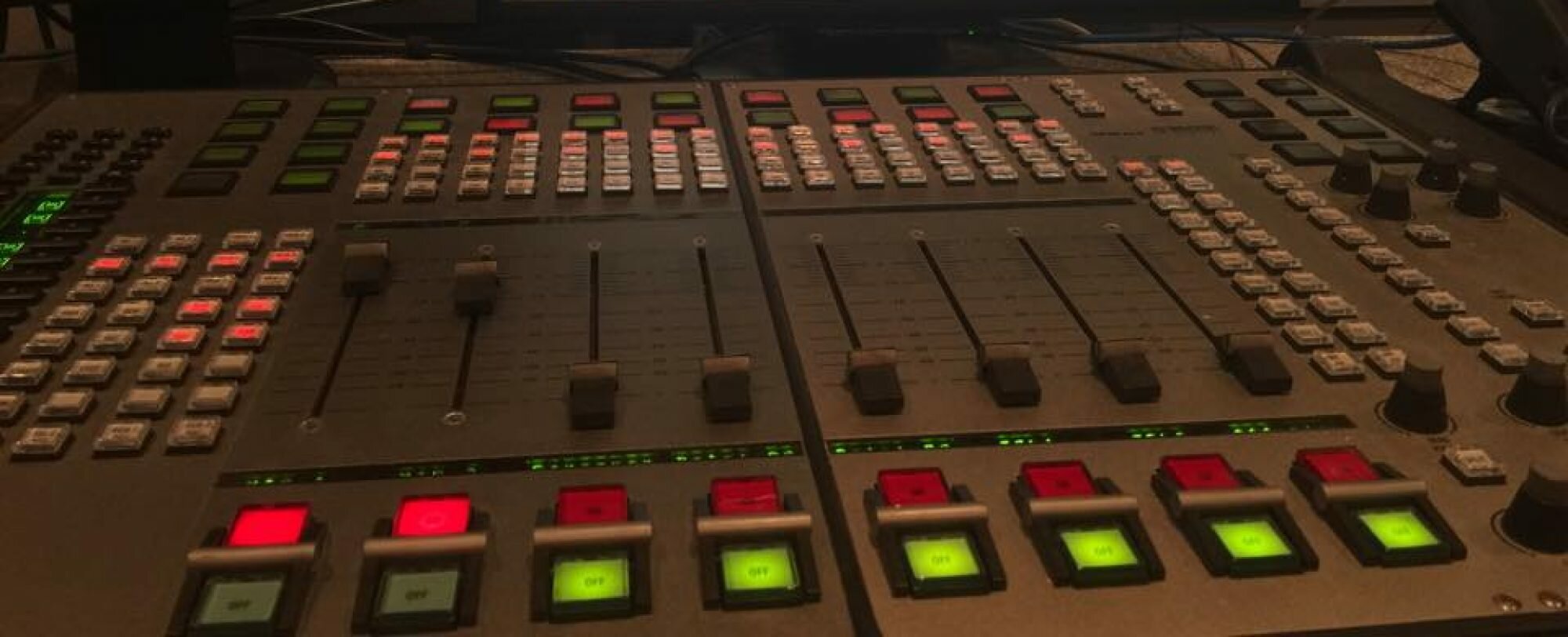by Chad Campbell, senior producer
Click here to see pictures from our latest trip to southern Louisiana
We originally came up with a different title for our new series of interviews, but fellow producer Ariana Pekary pointed out that Washing Away had already been used … by the New Orleans Times Picayune … for a Pulitzer Prize-winning series of articles … about the exact same subject … co-authored by one of our guests. I knew that title sounded vaguely familiar and too good to be true. So we changed the title of our series of interviews about the oil spill, disappearing wetlands, their importance culturally and physically for absorbing the impact of storms and about New Orleans five years after Hurricane Katrina to No Place Like Home. I think that works almost as well and helps to explain why the citizens of coastal Louisiana don’t just pick up and move somewhere safer. Everyone we talked with remains relatively optimistic and couldn’t imagine living anywhere else. We rode through healthy swamps with musician and Houma native Tab Benoit. We visited the processing plant of Motavatit Seafood run by Mike Voisin, whose family came here seven generations ago. We talked with fifth generation shrimper Charlie Robin in Yscloskey now working with BP to skim the oil to save his future. We sat at the kitchen table of duck hunter and conservationist John Serigny in Larose. We talked with wildlife biologists and experts on the wetlands in Houma, New Orleans, Montegut and Venice, which is about as far down the Mississippi River you can go by car…and we almost needed a boat. We visited the bird rehabilitation center in Ft. Jackson and watched an oiled bird go through the cleaning process. We enjoyed a July 4th cookout with my third cousin Gloria and her husband Errol Perez whose family has been in St. Bernard Parish since the early 1700s. Perez used to pilot storm chaser flights into hurricanes and when he saw Katrina filling the entire Gulf of Mexico decided it was time to leave. They just moved back into their house about a week before we talked with them, almost five years after the storm and flooding. We talked with cultural anthropologist Kate Browne who made a documentary film about another family from Violet, an extended kin group of Creole natives and their struggle to return after the storm. We talked with New Orleans entrepreneurs at the Idea Village helping to rebuild the city while hopefully making their own money too. And we visited the Hollygrove Market and Farm, where urban farmers are helping to rebuild New Orleans by improving their own little part of it. We talked with Dr. Ben Springgate about the city’s health care options and about the psychic health of New Orleanians since Hurricane Katrina. We toured the city’s destruction by car with former mayor Moon Landrieu and his daughter Madeleiene, a local judge. We’ll be bringing you all of those interviews and a few more over the next six weeks or so, beginning with Times Picayune environment reporter Mark Schleifstein who got 12 feet of water in his house from Katrina after co-authoring that series of article called Washing Away which warned everyone of the danger. He’ll share the first show with environmental sociologist Shirley Laska, a professor at the University of New Orleans who founded CHART, the Center for Hazards, Assessment, Response and Technology. You can hear those first two conversations on Wednesday, August 4th on the Bob Edwards Show and then a few days later on Bob Edwards Weekend.
View BES in New Orleans (7/2010) in a larger map

The first-class series Washing Away by first-class reporter Mark Schleifstein did not ‘warn everyone of THE danger." I have read all 5 parts of the series which was inspired by an LSU Hurricane Center study where Ivor van Heerden was deputy director. The LSU model did predict some levee erosion due to overtopping, but did not predict levee failures like the 17th Street and London Avenue canals and the North Breach of the Industrial Canal, all of which failed before overtopping due to design mistakes by the US Army Corps of Engineers (USACE). The LSU model also did not predict that many levees – like those protecting eastern New Orleans – would fail before overtopping due to being built with erodible materials like sand instead of good Louisiana clay. The model also predicted that a storm of Katrina’s strength that followed Katrina’s path would cause 20 feet of water in the French Quarter. Clearly that did not happen. Bottom line: The model did not predict the flooding that actually happened, and the citizens of the New Orleans region did not know that the levees could/might fail. In fact, when levees breached in 50 places on Aug 29, 2005, most people in New Orleans didn’t even know who to spell it, the concept was so unheard of.
Billy Kohlman sold flood insurance for 20 years in New Orleans before Katrina, and strongly urged all his clients to buy it. But never in his wildest dreams, he says, did he ever imagine the levees could breach and fail.